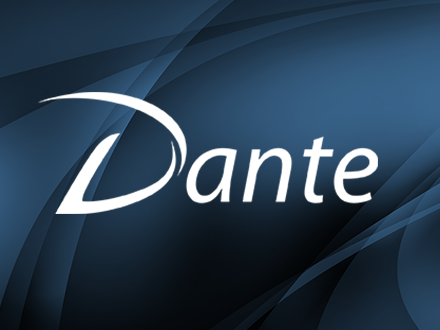Loyalty and Big Data - Actionable Analytics to the Rescue
Many organizations think of customer loyalty as the single goal of ensuring that their customers will stay with their company. In reality, loyalty is a multi-dimensional concept that must be nurtured and iterated over. Loyalty is defined as not just the customer’s intention to continue to pay for your products or services, but also that customers increase their spending over time, or provide positive feedback to the consumer market (or refrain from spreading negative feedback).
One of the most common questions we hear is whether it is possible to create or increase customer loyalty in one area without negatively impacting, or ignoring, another. The answer is yes, and creating a cohesive loyalty strategy across all these facets is more about data science than guesswork. We learned in a previous installment that traditional customer service metrics are not indicative of whether a customer is truly satisfied, and in turn will remain loyal. How easily a consumer can interact with a company provides a more accurate view on the customer experience and loyalty.
In this scenario, customers’ affinity to a brand has more to do with a company’s ability to deliver on their basic promises. Over-promising customers does not build loyalty; reducing their effort or the amount of work they must do to get their problem solved does. By having advance knowledge of impending issues and their mitigating circumstances, you can greatly minimize the customer’s effort in their service interactions. This leads to a satisfied customer who is not left with idle time to shop around with competitors while waiting for an issue to be resolved.
In the second scenario, having advance knowledge of a customer’s propensity for purchasing a specific product, and targeting that product to the customer, also reduces effort on the part of the consumer. In this case, the customer is presented with a product that they are already likely to buy. This accomplishes two things; it makes the customer feel as though your company has their best interest at heart, and it eliminates the need for the customer to spend time searching for products across multiple channels using many different methods just to receive less than optimal, generic results. Targeting the right product to the right customer is accomplished by knowing the customer’s needs and intent, not just their habits or shopping history.
In Mapping Customer Segmentation to Loyalty, we discussed that when customer segmentation is exercised effectively, and used in combination with other customer experience inputs such as customer satisfaction and product targeting, it can be a powerful tool in retaining and growing your customer base. Once retention and growth are achieved, positive customer feedback to consumer and social channels will follow.
Just think if you could combine customer segmentation with these customer experience inputs to drive a holistic and proactive approach to customer loyalty. This is achieved by having your loyalty program driven by an intelligent analytics engine that is capable of correlating data points from multiple sources to provide timely and actionable intelligence. You need to be able to describe the data with visualizations, predict negative and positive outcomes, and prescribe strategic actions. Armed with an Actionable Analytics based loyalty platform, you can determine which market segments are effective, motivate an underperforming segment, increase customer satisfaction, increase customer spending, and adjust based on customer feedback; all of which create an ecosystem for increased customer loyalty.
Engage the Dante team to help you harness Actionable Analytics to create an effective loyalty strategy.
